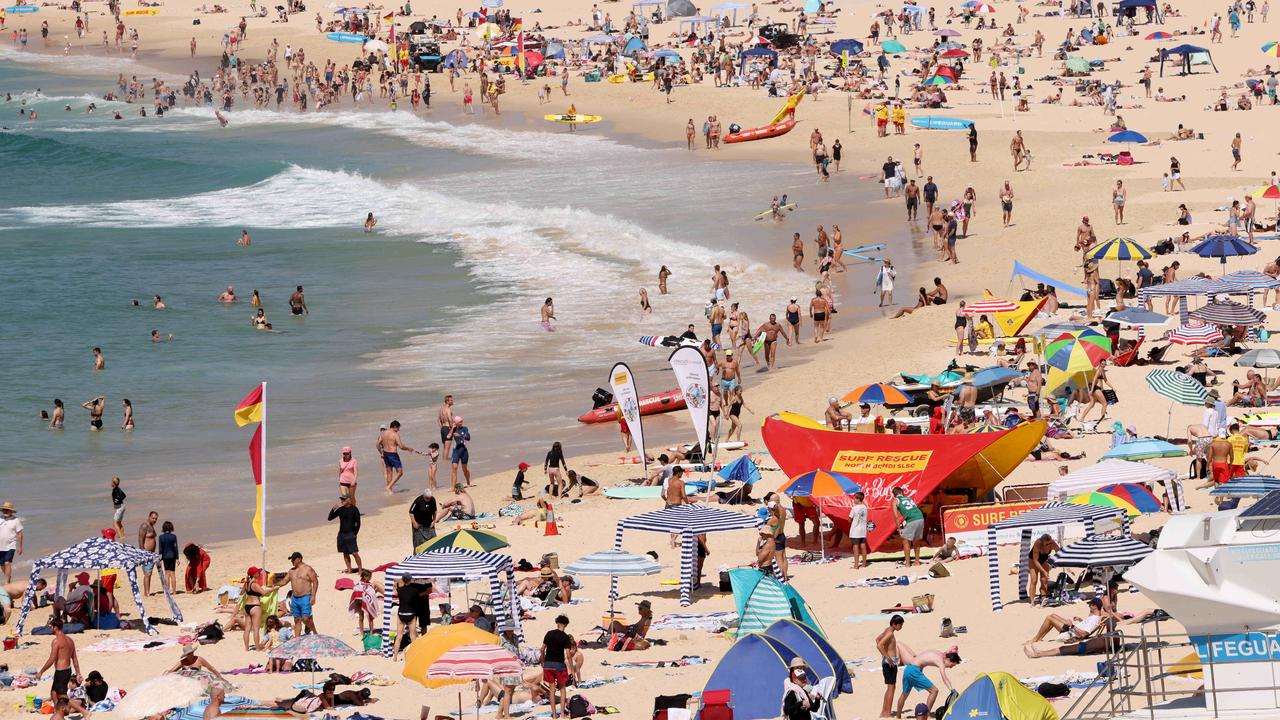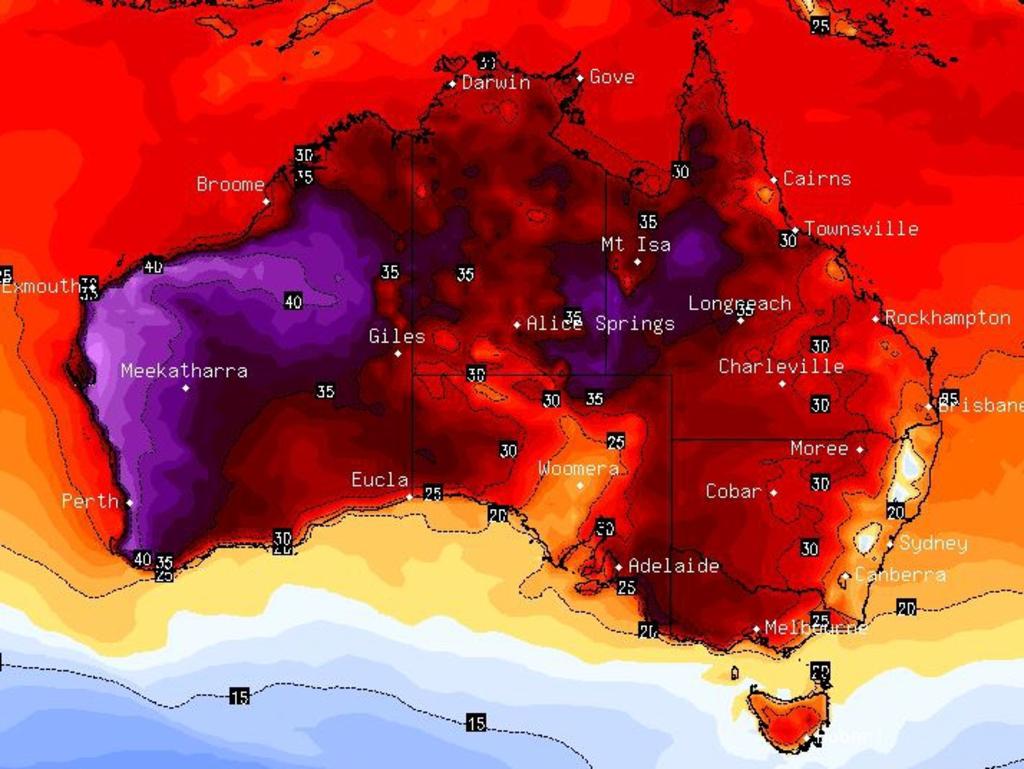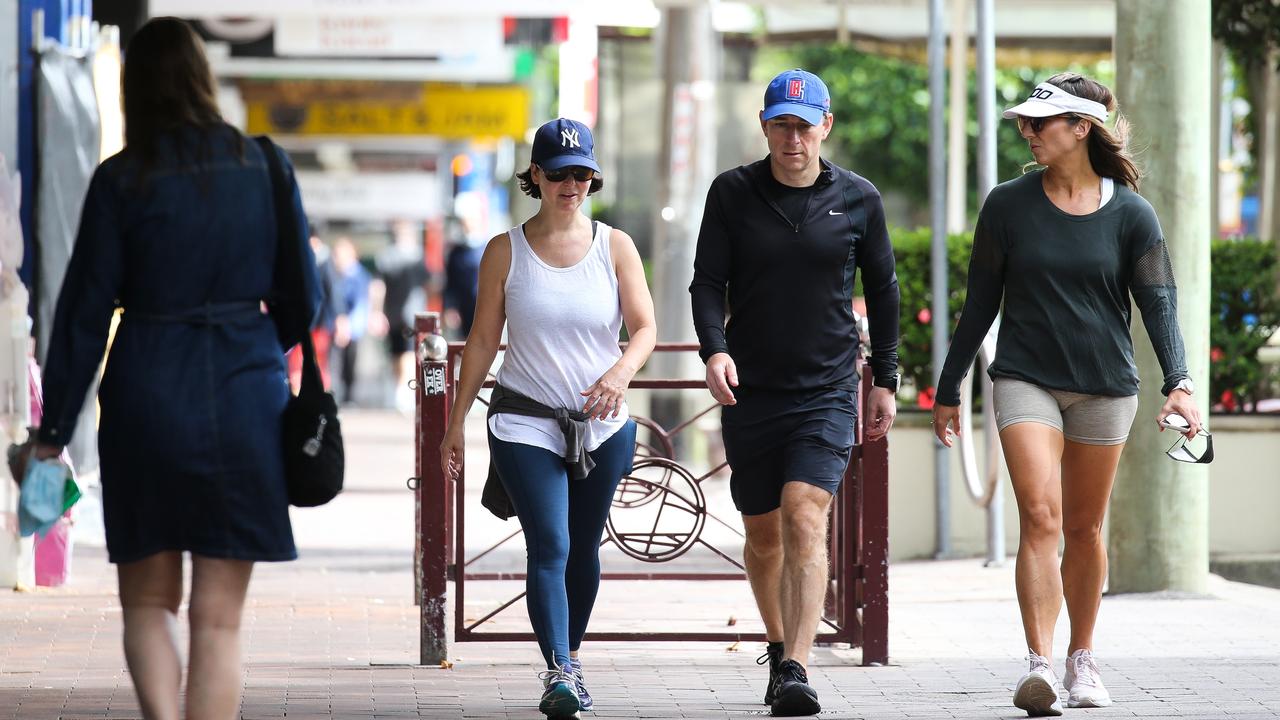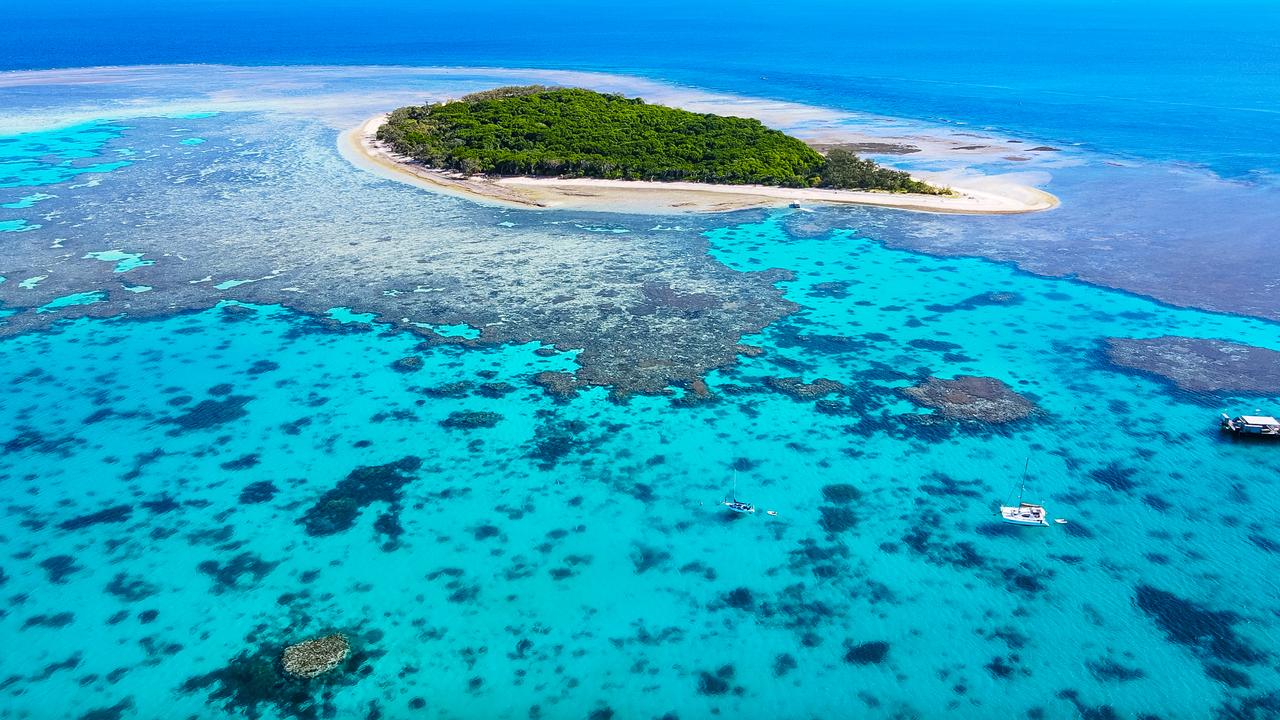Doctor reveals severe health effects from heatwaves and humidity
It’s not Covid, heart disease, obesity or diabetes. This killer is deadly silent and it’s an issue that every Australian faces.

COMMENT
Summer has come with force this year. Record-breaking heatwaves in the west and south. Extreme La Nina-induced humidity and storms in the east. Is it any wonder many of us are asking, what happened to our great Aussie summer?
Every year as temperatures soar, images of beach life invariably appear in our news. Sunbathers and surf lifesavers are standard. The images are immediately appealing. They capture our idea of the iconic Australian summer and form a part of our national identity.
But there is another story that is seldom told or portrayed. As our climate warms, it’s one that also needs to be heard.

Every summer, and with each heatwave, hundreds of Australians die prematurely. Heat is our silent killer. It has killed more Australians than all extreme weather events combined. It’s death by stealth as it fails to appear in death certificates. Rather than a direct cause as with heat stroke, it more often acts indirectly to contribute to heart failure or heart attacks or worsen kidney disease rather than be the primary cause of death.
Recent research has suggested that between 2006-2017 more than 36,000 Australians lost their lives due to extreme heat. That’s around 3000 people annually. With a warming climate and an ageing population, that figure is likely to grow.
And it is not only those with pre-existing illnesses that heat affects. With increasing heat, we also see more premature labours and still births and more mental health presentations.
Our summers are changing. With just a 1-degree rise in our average temperature we have seen a fourfold increase in extreme summer maximum temperatures. With further warming locked in, this increase of extreme temperatures will continue to rise. We can expect longer and hotter hot spells.

Heat is just one part of the equation. There is also humidity. High heat and high humidity are a double whammy. The evaporation of our sweat when it’s hot, helps cool us. High humidity makes it difficult for your sweat to evaporate making it more difficult for your body to cool down. Outdoors, under conditions of very high humidity and heat, it becomes impossible for our bodies to regulate our temperature and with prolonged exposure, death is unavoidable.
It’s time that we are not just sun smart but heat smart. We need to start acknowledging the very real health threat of heatwaves and ensure that we take care of those most vulnerable. These include the elderly, those with pre-existing illnesses such as heart, lung, and kidney diseases, people with diabetes or obesity but also pregnant women and those with mental health problems. The marginalised or socially isolated, and the homeless are also at risk. Those in prison or in residential facilities where cooling measures are not in place are also vulnerable.

In the Western Australia town of Onslow, it reached a record 50.7 degrees last week. In nearby Roebourne Regional Prison, residents had no airconditioning. Prolonged extreme temperatures such as these pose a serious threat to health.
As we have educated the public about being sun smart, we need to now include public messaging about being heat smart. Provide messaging about how to take care of ourselves, and vulnerable family members during heatwaves, have heatwave warnings in place and ensure that the homeless have cooling stations to take refuge in.
More Coverage
But the story doesn’t end there. It’s not just extreme heat that threatens our way of life. From sea-level rises that will erode our coastlines and beaches, warming oceans that endanger our coral reefs, bushfires that see our beaches not as places of recreation but places of refuge from fire and smoke, our iconic summers and the ideal of a summer “Down Under” is under threat from a changing climate.

We can change the ending of this story if our Government takes urgent climate action. For the sake of the health and wellbeing of our children, we need to act now and make deep cuts to our emissions this decade, so that our children too may have a future looking forward to the great Australian summer.
Dr Richard Yin is a Perth GP and a past secretary of Doctors for the Environment Australia.





